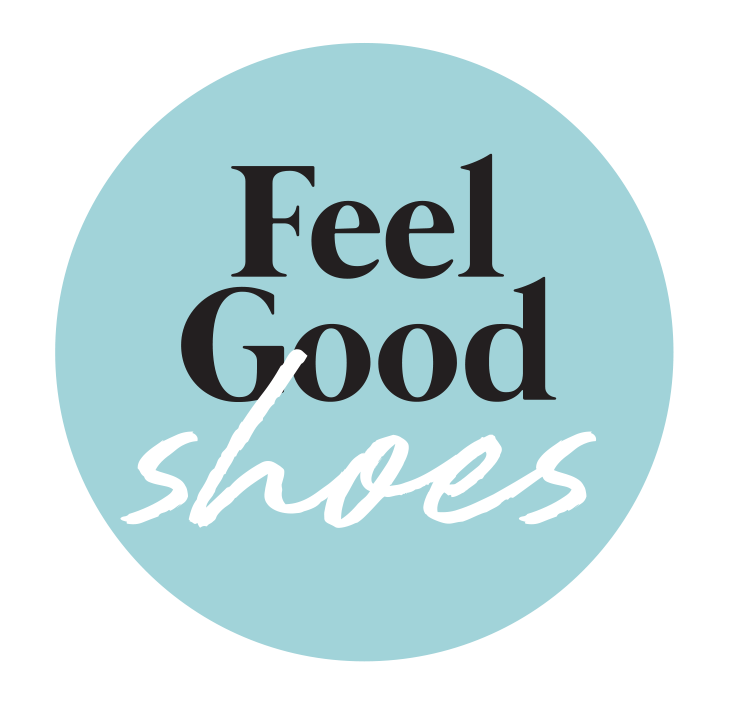When it comes to children, the right pair of shoes is essential for both comfort and safety. Kids are constantly on the move, running, jumping, and playing, and wearing the wrong shoes can lead to various issues such as foot fatigue, pain, and even serious injuries. To avoid these risks, it’s important to know which types of shoes should be avoided. Here are some key characteristics of shoes that can cause discomfort and harm to your child's feet.
Lack of Flexibility
Shoes that lack flexibility can be harmful to your child's developing feet. Footwear made from stiff, non-flexible materials doesn’t allow the foot to move naturally with each step. This can cause foot fatigue, discomfort, and even pain, especially when kids are active. Shoes that don’t stretch with the foot's movement can also cause blisters and soreness as the feet rub against the material.
Poor Grip and Traction
Children are often running and playing in different environments, making it essential for their shoes to have good grip and traction. Shoes without proper traction can cause slips and falls, especially on wet or slippery surfaces. This is particularly dangerous when your child is engaging in sports, running, or even just walking around. Shoes that lack the necessary friction can lead to accidents, which can result in injuries.
High Heels and Posture Issues
High heels are not suitable for children. While they may be trendy for special occasions, they can cause significant problems for a child’s developing posture and balance. High heels can throw off the body's natural alignment, leading to strain on the lower back and legs. This can result in discomfort and an increased risk of falls and injury.
Too Much Space in the Toe Box
A common problem with poorly fitted shoes is an overly roomy toe box. Shoes that are too large, especially in the toe area, can cause the feet to slide around inside. This leads to friction, resulting in painful blisters and soreness. Kids are especially prone to this since their feet are still growing and changing. It's important to choose shoes that offer enough space for the toes to move comfortably without being too big, as excessive room can lead to discomfort. Our Protetika barefoot models are a good example of more space in the toe box, however not too much space: A unisex barefoot model made from smooth leather, KENDY white.
Hard Materials and Pressure Points
Children shoes made from hard, rigid materials like stiff leather or plastic can create pressure points on the feet. These concentrated areas of pressure can cause discomfort and lead to the formation of calluses and corns over time. Children’s feet are sensitive and need shoes that are soft and flexible, especially in areas where the foot naturally bends, to avoid irritation and pain.
The Right Shoe for the Right Activity
Kids are often engaged in various activities, from sports to outdoor play, and the shoes they wear should match the activity. Whether it’s running, hiking, playing sports, or simply walking around, the shoes should provide the necessary support, flexibility, and comfort. Shoes with proper cushioning, arch support, and durability for outdoor activities are important to keep your child’s feet safe and comfortable during these activities.
Conclusion
In conclusion, selecting the right shoes for your child is crucial for their comfort, safety, and foot health. Avoid shoes that lack flexibility, have poor grip, or don’t fit properly. Look for shoes that provide adequate support for your child's feet and are suitable for the activities they enjoy. By taking the time to invest in well-fitted, supportive shoes, you’ll not only protect your child’s feet but also ensure they can enjoy their active lifestyle without discomfort or injury.

